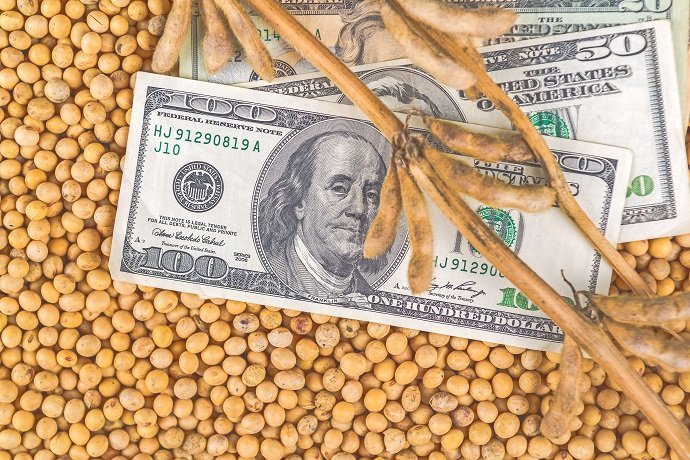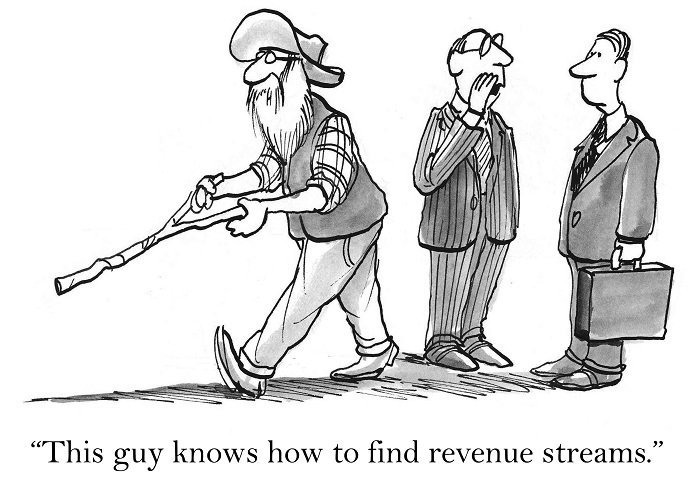
The Monsanto – Bayer Merger
Monsanto has announced that it has accepted a merger deal with Bayer AG for a $66 Billion dollar buyout with an acquisition proposal of $128 per share in cash. Money is the center focus of this merger, and leaves the question of what the future of agriculture will hold. According to Hugh Grant, CEO of Monsanto, it means “… an innovation engine for the next generation of farming.”
To observe this statement, let’s look first at what we know about Monsanto. They are a large corporation that was founded in the US in 1901 as a chemical company. In its early stages, it produced artificial sweeteners, food additives, and toxic, carcinogenic chemicals such as DDT, PCBs, rBGH, dairy cow hormones, and Agent Orange. Besides their production of dangerous chemicals, whose residual fingerprints still exist in our polluted environment, the company also had a hand in the production of the first nuclear weapons.
In recent years, Monsanto became the first company to produce Genetically Modified Organisms. They used this science to produce genetically modified plant seeds. GMOs are linked to innumerable health concerns in humans and animals alike. These concerns are so great that most GMOs are completely banned for use in Europe. Monsanto also developed Round Up, the sister product to their Round Up Ready GMO seeds whose main ingredient, Glyphosate, has produced alarming results from studies in animals as well.
A two year study on rats fed only Round Up Ready Maize crops that had been treated with Round Up showed a high instance of kidney damage, liver necrosis, increased mortality rates, infertility, hormone imbalances, and cancerous tumor development. This was a follow up of a similar study conducted by Monsanto that lasted only 90 days. Data from other studies shows that the increase in certain diseases in humans beginning in the 1990s closely correlates with the introduction and increased use of Genetically Modified crops and glyphosate chemicals.
To top it off, Monsanto began buying heirloom seed companies and trademarks in the early 2000s, threatening all that may be left of true, naturally organic agriculture methods and leaving genetically modified thumbprints seemingly everywhere we look. So what does Bayer have to do with this?

As global sustainability becomes an increasing concern, more and more companies seem to be putting their hands into the agriculture pool. These companies emerge with new products and a “new focus” for a better future for the world population in general. The problem is, these companies focus on scientific methods and chemical experiments to produce bigger, better, more reliable products. Maybe these companies don’t realize yet that they are chasing their tails. Each chemical that is produced with better stats, better than the last chemical, new and improved labels creates another problem. When they solve one problem with a new and improved chemical, they create another.
One of the main problems with Bayer’s chemicals is the ongoing allegations that they cause Colony Collapse Disorder in bees. This is a big problem. Here’s where it gets tricky.
Bayer’s insecticides initially contained nicotine based chemicals called Neonicotinoids. These chemicals were tested in a study that was funded by Bayer and not regulated by the EPA. The field study summarized that ”Extensive internal and international scientific studies confirmed that neonicotinoids do not present a hazard to bees”
However, in 2008, one of Bayer’s products containing Clothianidin was connected to an alarming increase in Colony Collapse Disorder in Europe after German beekeepers in one region of the country claimed that two thirds of their bees died following the application of a pesticide containing this ingredient. Initial reports showed that 99% of the deceased insects that were tested had a buildup of Clothianidin.. The company responded by claiming that an application error and failure to use the substance that sticks the pesticide to the seed led to the chemical getting into the air, and exposure to the affected bee colonies.
After a series of studies, lawsuits, and headaches, the European Union tightened restrictions on the family of pesticides in question, and continued to allege that Bayer’s products had contributed so greatly to CCD. In 2013, Bayer made the following announcement: “The withdrawal of three neonicotinoids – imidacloprid, thiamethoxam and clothianidin – begins at the end of September 2013 when all affected products will be removed from retailers’ shelves. Consumers must use or dispose of any products they have by the end of November 2013”
However, Bayer has continued to stand behind its products, claiming that “… the European Commission’s proposed decision to suspend the amateur use of products containing any one of three neonicotinoids – imidacloprid, thiamethoxam and clothianidin – is unjustified and disproportionate. As Bayer, we consider the decision by the Commission of the European Union to restrict the use of neonicotinoid-containing products across Europe as a setback for technology, innovation and sustainability. As a science-based company, we are disappointed that clear scientific evidence has taken a back-seat in the decision making process and we do not believe that the plan by the Commission will have a positive impact on bee health.”
In the US, Bayer’s neonicotinoid products are still approved for use with “proper technique”. The EPA has, however, begun it’s own studies on these products, and has promised results by the end of 2018.

Bayer and Monsanto are two of the six leading agrichem companies in the U.S. and Europe. What’s more alarming is that these two are not the only companies proposing to merge. All six have made merger proposals. DuPont with Dow, ChemChina and Syngenta (which has been approved), and now Bayer and Monsanto.
Fortunately, the merger being met with scrutiny among senators and officials who agree that combining these two very large and influential companies would leave the market unbalanced and anti competitive, and create an agrichem giant with the power and influence to control how the entire world feeds itself. Essentially, the sum of the merger will equal fewer choice of seeds for farmers, especially organic farmers, drastic increase in food prices should disease among these crops occur, and consumers being forced into placing their health in the hands of two companies whose track records are already dismal. With these agrichem conglomerates coming together, the competition will essentially be squeezed out. To merge these companies will equal catastrophe.













The last lashes of an unconcious dying beast. We must center our energy in creating the future, and not waste them in fighting the past ways. Remember we are scattered but united we are bigger, stronger and more resilient, plus we have the universe at our side, old ways are over!
Yes I agree crate the permaculture ethos everywhere and support quality organic food you donot grow yourself – the monster will no longer exist for it is their existence today that is the real issue to dig out their roots of greed for good
attitude is wrong, the bigger the company now the bigger the target. the bigger the issue, the bigger the resistance.
whether they are merged or not, they both still exist, their existence is the issue, not a merger.
why fight them on economic grounds of anti competitive behaviour? how is that even the issue, these guys poison the earth with absolute reckless abandon.
let them merge, let them become a bigger target… use your influence to spread a list of products to boycott, connect genuine seed banks and garner the people etc..
these things can be the tipping point for mainstreaming something like permaculture, when they merge and all hope lost as per your write up : what can someone turn to…… permaculture…
I also feel somewhat the same way. A single target does make things easier.
I appreciate your perspective 😊
They might as well call themselves the Umbrella Corporation and start manufacturing the zombie T-virus right now. #LifeImitatesArt
The problem isn’t that they’re big and powerful; it’s that politicians give them that power; whether they’re in bed with one merged company or two separate ones is besides the point…
I’d rather think there would be only one company left to take legal action against, rather than having to fight one then the other.
https://www.mintpressnews.com/iraq-war-monsanto-cargill-dow-chemical-took-iraqi-agriculture/216614/
Good they seeing the light!
It’s not just sad it’s disturbing. It should say “Monstersanto” not Monsanto!
Mergered or not they will continue to work together to control and/or kill her.
So the company that created and distributed heroin and the world’s largest poison cartel are merging what could go wrong there .it reminds me of our elections some how$